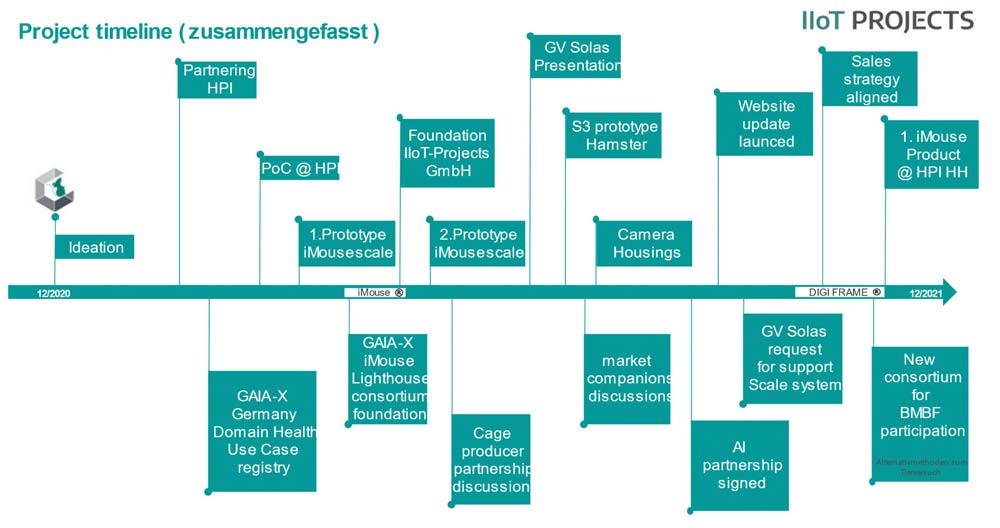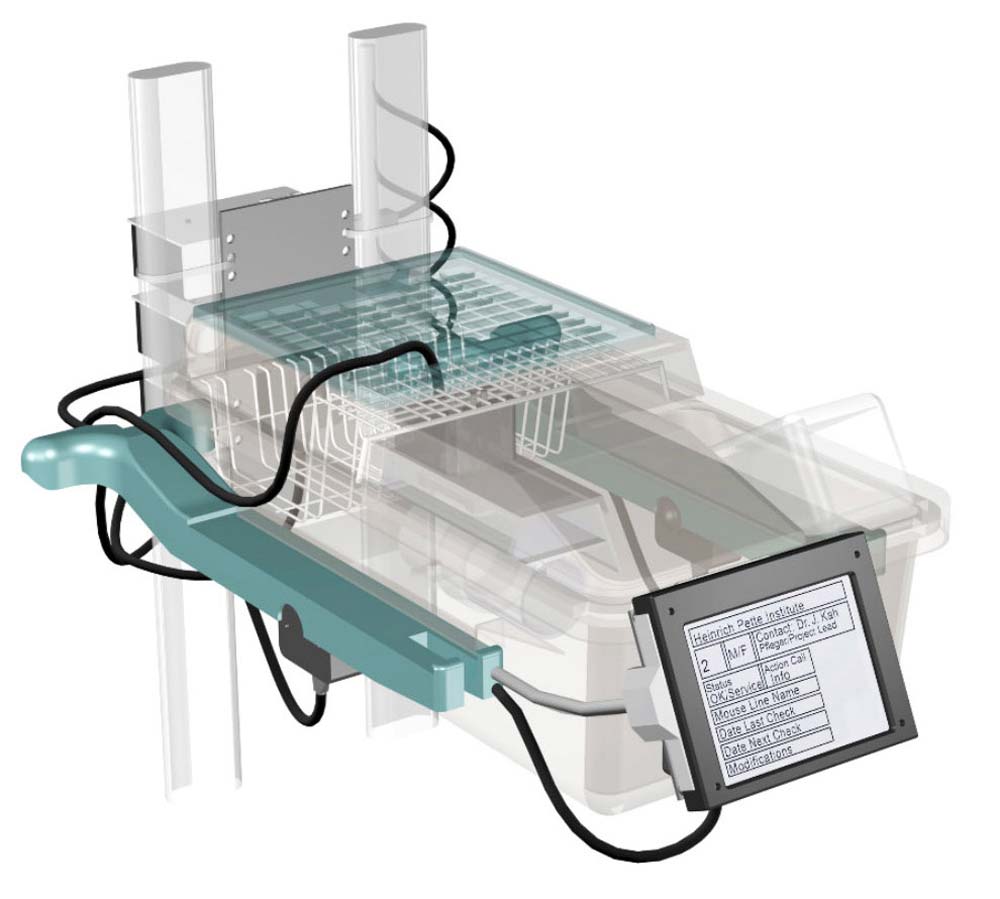Review year 2021

The year in details
In 2020, I was responsible for managing the WS 2(technical implementation) within the GAIA-X project. From 1/2021 my focus was to develop of the community platform concept for the GAIA-X AISBL, as a contractor for the BMWi.
Besides this innovative European project, I became a part of another disruptive and existing idea within a newly established team. This idea is based on the backbone of research, of medical development, focused on small animal. The mouse. The hero in translational research.
The two ideas or better projects doesn’t interconnect, since the mouse as experimental model has not the political standing as to ensure the safety of private data. But, if we take a more precise look, than both ideas are focusing on data.
Considering, that scientific results need to be validated in a living organism and moreover the development of medical applications need to be tested at least in mice (by law), we came to the question, if we, as humans, could reduce the level of intervention and subsequently the level of stress for our small friends.
So, the idea was to remotely monitor laboratory animals without human interaction.
Since the idea is, to record these animals while they were employed in experiments for evaluating medications, used in human as well as in animal health care. Moreover, the vision is to use or even share these data within the research community.
The questions was: What systems are available at the market? Are they affordable and moreover scalable? What about the data ownership of the acquired data? Is the institute the owner or the data?
Having read several research reviews and company pages regarding the monitoring and tracking of laboratory animals, we decided to create a generally simple system which could be used as retrofit solution. Means, we wanted the system to be integrated in the existing facility environment, regardless of the cage provider. Means also, the system should be scalable and very important also affordable.
We named it iMouse, stands for Integrated monitoring & operation system in use within a standardized environment.
Since the Fundament of iMouse is following the open-source and open-science spirit, we build up a strong and reliable partnership with the Heinich-Pette-Institute (HPI). So, the projects became more physical and in 3/2021 we implemented the first PoC in the animal facility of the HPI, headed by Dr. Oliver Strauch. Here we combined the selected open source software with simple hardware available nearly everywhere for an affordable price. After the integration of the now named DIGI FRAME (because we are not building cages) in one existing animal subunit, strongly supported by Oliver Strauch, his team, and the local IT unit, we generated an interconnected PoC with remote access.

iMouse DIGI FRAME with DDC (digital data card) accessory

To succeed with our project, we need to evaluate moving pictures, developing and train algorithms to upgrade simple data to added value information what finally enable the generation of statistical data and alarm signals to deliver an additional value within the research landscape.
Therefore, an interconnection of different specialists set the fundament for the iMouse project. We established partnerships in the research landscape, had intensive discussions with market companions, R&D-, animal behavior- and AI- specialists. Partners are testing our developed solution to improve systems stability, usability and finally functionality.
This interaction, as mentioned before, is essential to develop the proven working idea to a working, added value information system!
Nevertheless, the iMouse team developed out of Janine Kah’s idea – a solution which solves already today a market need. The need at the beginning was, having the possibility to see how the wellbeing of the supervised animals is, within an existing home cage they are living in.
For the GV-Solas conference on 24.09.2021 (59th Annual Meeting of the Society for Laboratory Animal Science) we applied with the iMouse use case and we got selected as an important digitalization milestone. Janine presented the development progress of the project, and we first time presented our PoC of an automatic scale system (as part of the iMouse approach). The uniqueness here is to acquire mice weight within the home-cage without human interaction.
The iMouse scale contains of a tube unit which works also as enrichment (compare figure below). Every run-through, result in a new data point which can be recorded and extracted for a gapless measurement within a certain experiment.
These data points were recorded in real time combined with cage specific temperature, humidity and exact time stamp. All these information get integrated in the recorded material. Today we distinguish the 4 to 5 individuals in the home cage by their ear – and tail marks, recognized by the review of the recorded material. The next step is to extend this approach. Firstly, by sending this particular data to the ERP system, for each individual by using a bi-directional API. Secondly by collaborating with an AI specialist to automate recognition within the recorded material.

Many thanks to all our supporters and discussion partners!
Find out more about us!